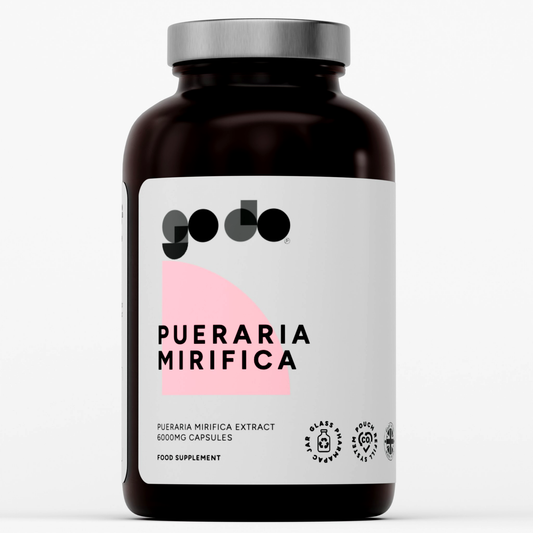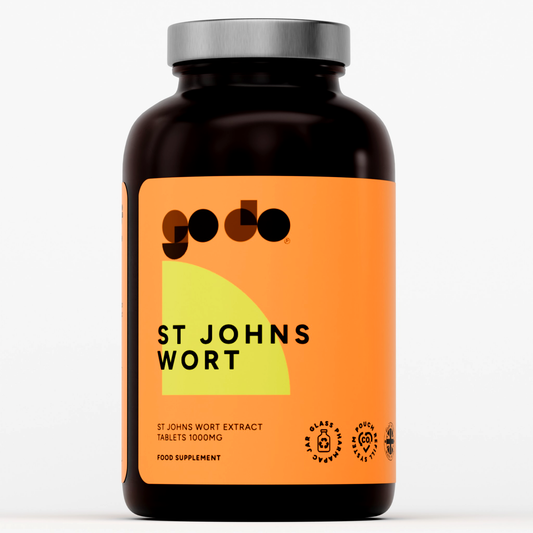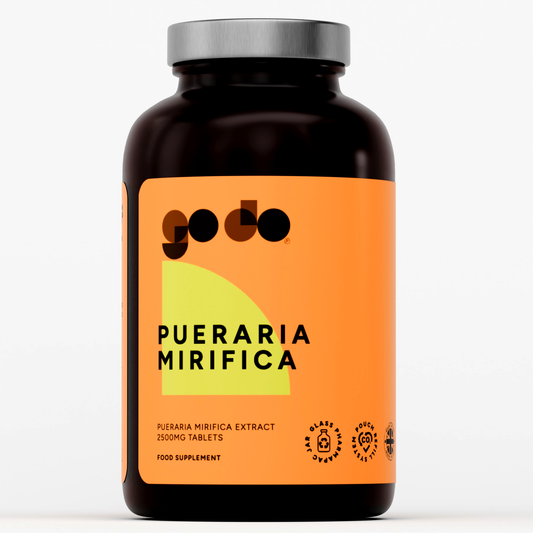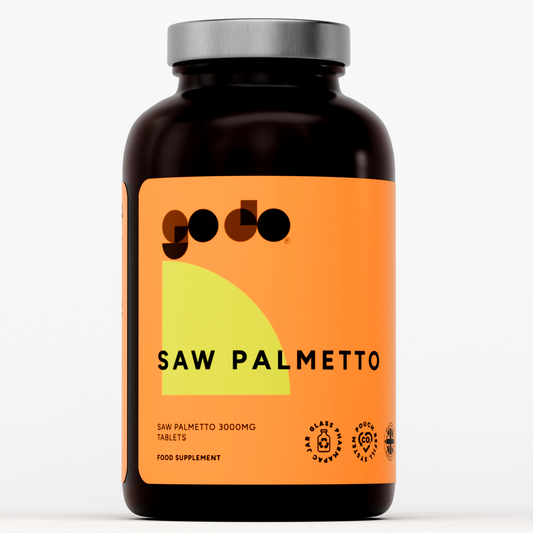
Instructors commonly use ladder drills to assist athletes in developing quick feet, body control, and kinaesthetic mindfulness, in addition to improving essential movement abilities. Most agility ladders are constructed of elastic rungs that are bound to nylon straps to fashion boxes. Characteristically, the boxes are set around 12 to 18 inches (30 to 46 centimetres) away from each other. However, the box size can be modified by sliding the rungs up or down the straps. Trainers may desire to occasionally vary the size of each box so that athletes are required to fine-tune their stride length and foot placement. Making these adjustments in foot placement mimics the action requirements of competition.
Normally, an athlete completes one pass by going down the ladder, leading with one foot, and then reversing, leading with the other. This guarantees training of equal nature. Coaches can change passes to meet the necessities of the individual or group. When carrying out these drills, athletes must progress from simple drills to those that are more intricate. At the outset, one should focus on performing each drill as fast as possible! In other words, individuals should execute each exercise as swiftly as possible without obstructing proper control or position.
Here are a couple of examples pertaining to basic drills:
One in the Hole
The individual stands at the end of the ladder with hips and shoulders parallel to the steps and at that juncture, steps into the first box of the ladder with one foot. Afterward, he or she then steps into the subsequent box with the opposite foot and duplicates the process all the way down the ladder. The sportsperson repeats this drill, this time starting with the opposite foot.
Cha-Cha
The individual stands adjacent to the first box with hips and shoulders perpendicular to the sides of the ladder. With the leg nearest the ladder, he or she advances laterally into the far half of the first box and then moves the other foot into the same box. With the first leg, the individual then steps to the exterior of the ladder (opposite side of the beginning point) and follows with the trailing foot. The individual takes an additional step to the side with the first leg and then steps slantwise into the far half of the second box, leading with what was, beforehand, the trailing foot. Now, he or she steps into the second box with the trailing leg (previously the leading leg). The athlete carries on this pattern to the end of the ladder, advancing into, and out of the boxes and alternating the leading leg all the way through.
Bibliography
- Brown L.E., & Ferrigno, V.A. (2005). Training for Speed, Agility, and Quickness (2nd edition). Champaign, IL: Human Kinetics.
- Cissik, J.M., & Barnes, M. (2004). Sport Speed and Agility. Monterey, CA: Coaches Choice.
- McHenry, P., & Raether, J. (2004). 101 Agility Drills. Monterey, CA: Coaches Choice.
- Plisk, S.S. (2008). Speed, Agility, and Speed Endurance Development. In T.R. Baechle & R.W. Earle, Essentials of Strength Training and Conditioning (3rd edition. pp. 458-485). Champaign, IL: Human Kinetics.








